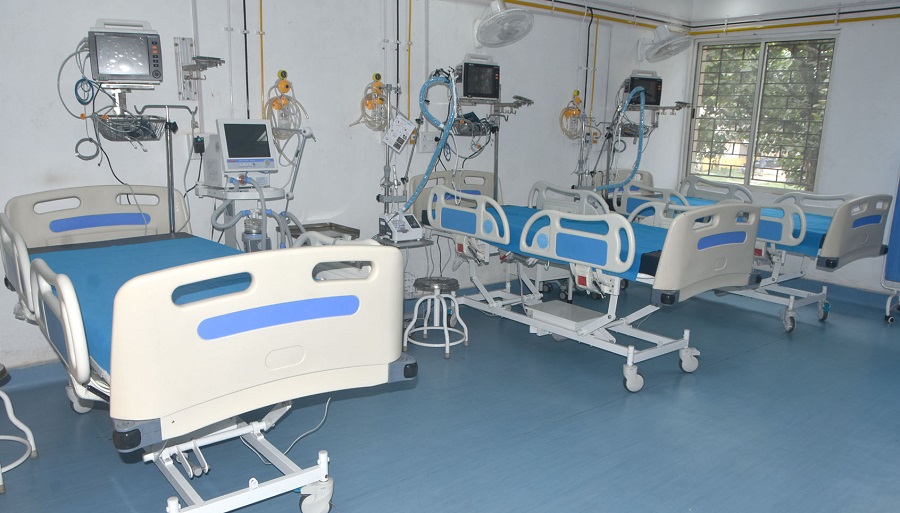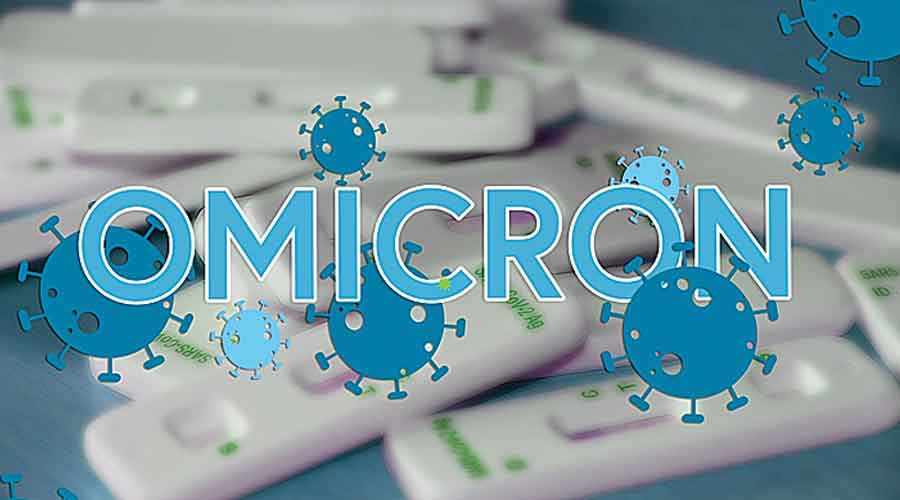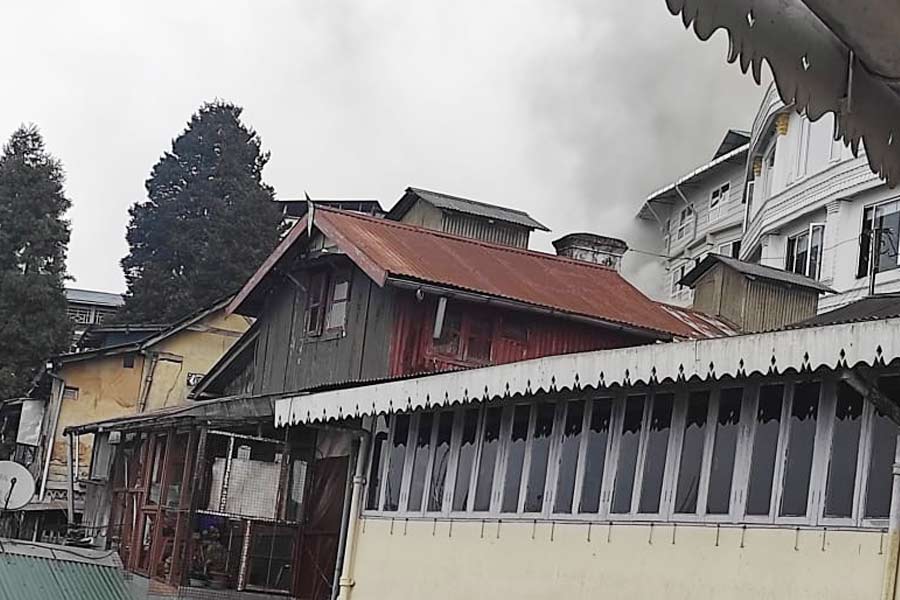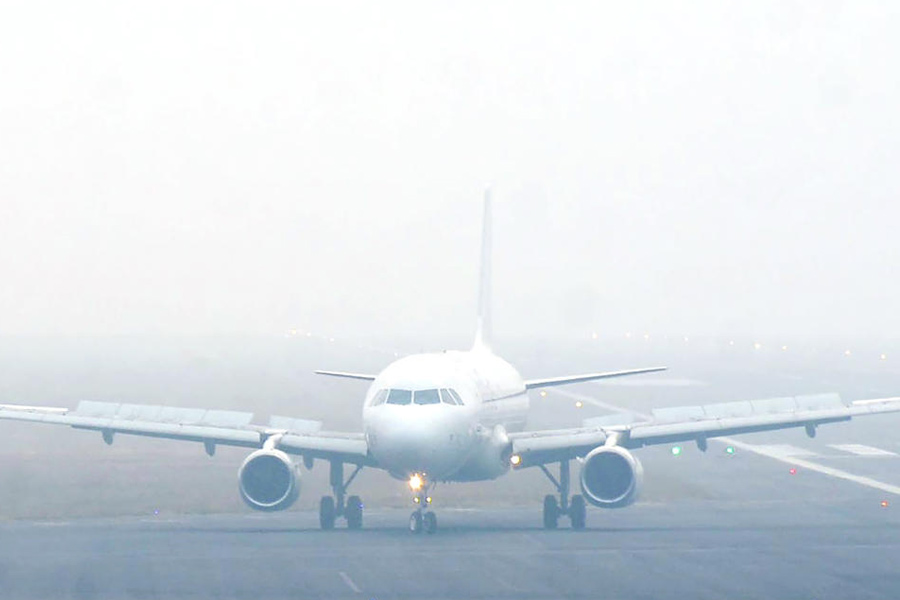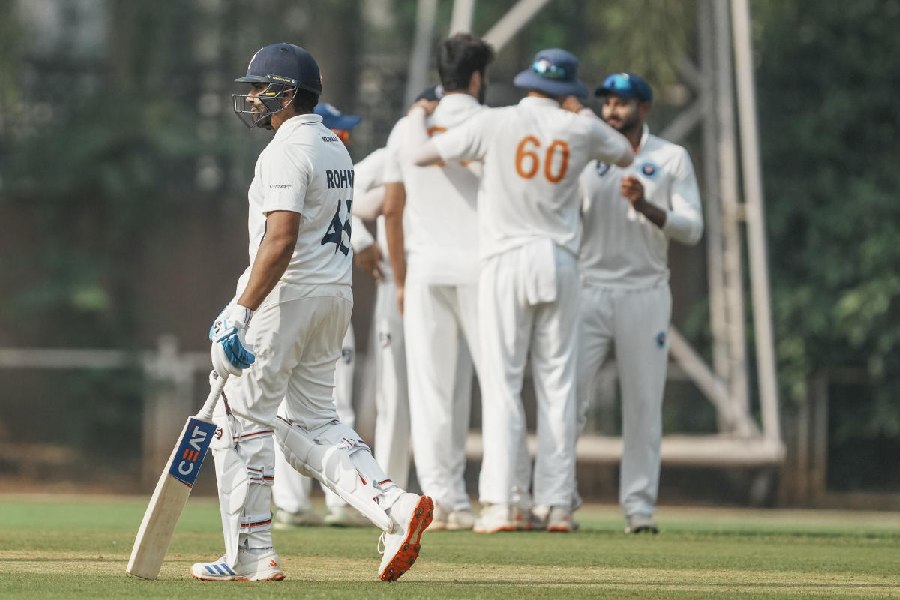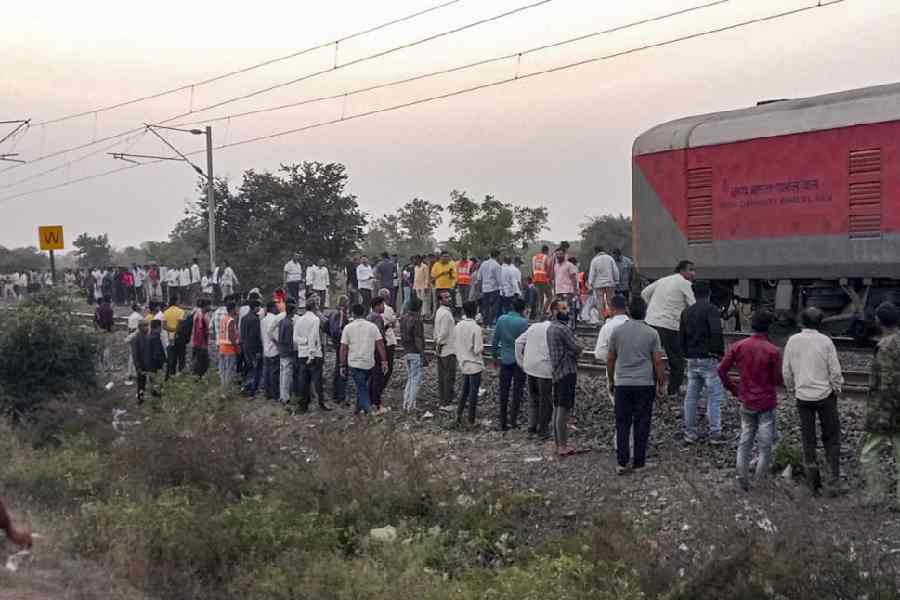India has earmarked over 720,000 hospital beds and enhanced the daily medical oxygen production to 80 per cent above the demand during the peak of the country’s second wave, a top health official said on Friday outlining hospital resources for anticipated Covid-19 surges.
The nationwide bed inventory includes over 494,000 oxygen-supported beds, 139,000 intensive care unit (ICU) beds, 64,000 paediatric beds, and 24,000 paediatric ICU beds, Union health secretary Rajesh Bhushan said.
Under the Centre’s emergency Covid-19 relief package funds, released to the states earlier this year, hospital resources will also be augmented through an additional 96,000 oxygen beds, 20,000 ICU beds, and 9,500 paediatric beds, Bhushan said.
The preparations come amid India’s rising counts — 358 cases in 17 states on Friday — of the fast-spreading, immune-evasive omicron variant that experts believe is set to trigger surges across the country that might increase demand for hospital beds and oxygen.
Bhushan said the demand for medical oxygen had jumped 10-fold from 1,000 tonnes per day during the peak of the first wave in September 2020 to around 10,000 tonnes per day during the peak of the second wave in May this year.
The current peak production capacity is 18,800 tonnes per day, or about 80 per cent higher than the peak requirement in early May. “The experience from other countries suggests omicron patients do not require additional medical oxygen, but we need to be vigilant and proactive,” Bhushan said.
The enhanced nationwide bed counts and oxygen production capacity signal greater preparedness for future surges than India was for the second wave. But experts caution that it will be critical for district authorities to prevent surges from overwhelming their local hospital resources.
“The nationwide ICU bed count won’t help if a local outbreak has too many patients for the locally available hospitals to manage,” said a physician in an academic institution in New Delhi.
“This is why it is critical for authorities in every district across the country to monitor local cases and initiate early containment actions — it’s like detecting a spark to prevent a fire,” the physician said.
Experts are uncertain about the possible impacts of omicron-driven surges in India on the demand for hospital beds and oxygen. A preliminary observational analysis of 183 omicron patients in India has found that 70 per cent have no symptoms and 30 per cent have only mild symptoms.
Genome sequencing has found that delta — the variant that fuelled the country’s second wave — remains dominant in India. “Delta remains the dominant strain even in recent clusters of infections,” said Balram Bhargava, director-general of the Indian Council of Medical Research.
India has not witnessed the sharp omicron-linked spikes in daily infections as observed in South Africa, Denmark or the UK although it has been more than a month since omicron first surfaced in the country, in Bangalore on November 22.
Some researchers believe omicron is already circulating in the community unnoticed because it is not causing too much illness, while others say the counts in the country are still low and surges will occur once they rise beyond certain thresholds.
The health ministry’s apex surveillance agency had earlier this week ordered all Covid-19-positive samples in eight cities, including Calcutta, to be sequenced to determine whether omicron is already in community circulation.

